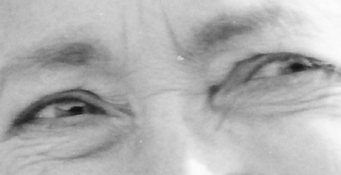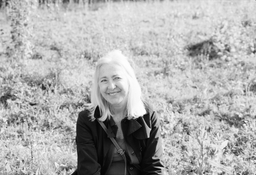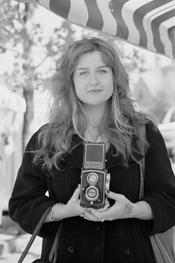
filmscanner.info
If you scan at e.g. 2400dpi and then downsample to about 70%, you'll get a reasonably clean image that captures about as much detail as the scanner is capable of, without storing redundant data. Apply sharpening to taste, which will affect apparent sharpness but of course not real resolving power.
I'd shoot that at f/5.6-f/8; at smaller apertures diffraction erodes resolving power. This won't be very bad at f/11 which you used for your initial sample, so there, a focus problem is likely to be part of the problem.
Either the flatbed or the dSLR should be capable of producing quite crisp image files at least at reasonable viewing sizes/magnifications. 'Pixel peeping' scans of any sort is usually a disappointing enterprise; native digital captures just look quite different from scans if you zoom in to 100%.










